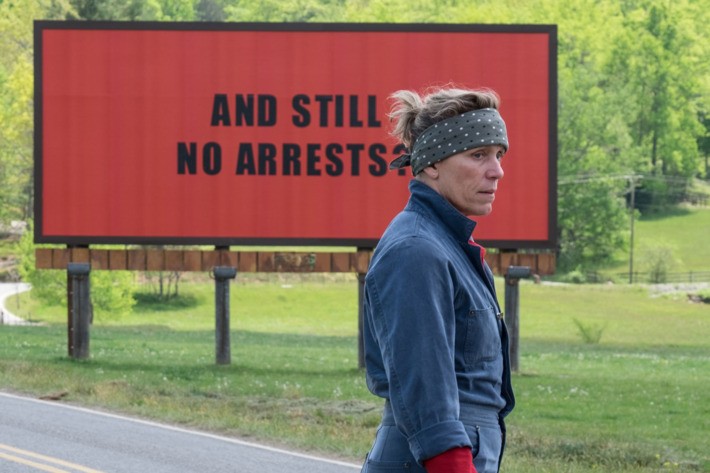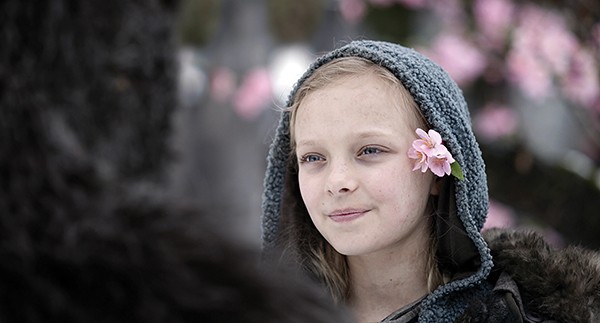Good news, fans of accurate naming systems — they’re numbering Scream movies again! After the 2022 Scream, which had no number (perhaps to confuse you into believing you’re buying a ticket for Wes Craven’s 1996 masterpiece of meta-horror) but was actually the fifth Scream, the Roman numerals are back, baby! Anyway, in Scream VI, Ghostface returns, he’s got a gun, and you’re trapped on the subway with him.
Yay, more numbers! Adam Driver stars in 65 as an astronaut who crashes on a distant planet, only to find that it’s not really a distant planet, it’s the Earth 65 million years in the past. Think the Planet of the Apes scenario, only with hordes of dinosaurs who don’t take kindly to strangers. Legend Sam Raimi produces, and A Quiet Place helm team Scott Beck and Bryan Woods wrote and directed.
Woody Harrelson is Marcus, an NBA G-league coach who has a bit of an anger problem, in Champions. After a legal entanglement, he is ordered to perform community service by coaching a team of players with intellectual disabilities. It’s tough at first, but by golly, he’s gonna take this band of misfits all the way to the Special Olympics!
One of the strangest high-concept films in recent memory is The Magic Flute. German director Florian Sigl takes Mozart’s opera, which debuted in 1791 and is still performed regularly today, and makes it literal, with the help of some expensive CGI and Hollywood scholockmiester Roland Emmerich. A hit in Germany last year that is just now hitting the States, it looks entertainingly weird.
Don’t hibernate on the year’s biggest sleeper hit. She’s black, she’s bad, she’s a bear, and she’s on hard drugs. Spoiler alert: She eats O’Shea Jackson Jr. But is this East Tennessee mom serving as a good role model for her cubs?
On Wednesday, Indie Memphis continues their long-running Microcinema series with A String of Pearls: The Film of Camille Billops and James Hatch. Three of the pair’s short documentaries from the 1980s and 1990, “Older Women and Love,” “Suzanne, Suzanne,” and “Take Your Bags” have been restored to spread the word about the groundbreaking documentarians. The screening at Crosstown Theatre will be pay-what-you-can.









